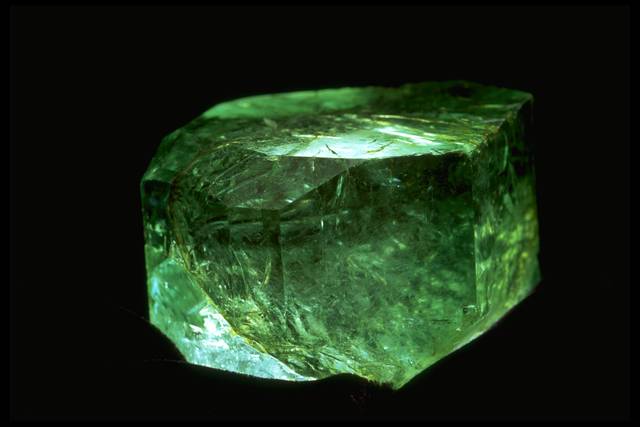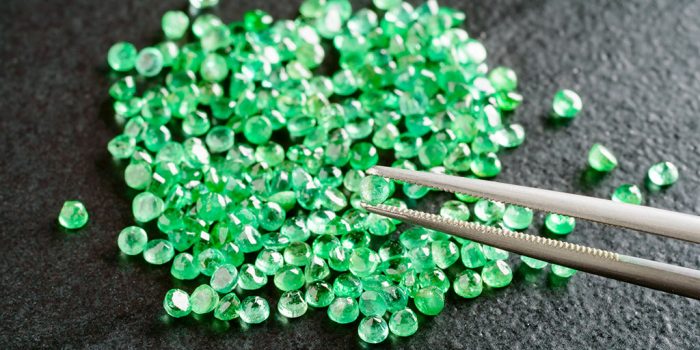All About Emerald: The May Birthstone
The primary birthstone for the month of May is the deep green form of the mineral beryl that goes by the name emerald.
The Origins and Cultural Significance of Emeralds
The word “emerald” was derived from a word in Vulgar Latin (esmaraldus), a variant of the Latin “smaragdus”, which was a word taken from the Ancient Greek term smaragdos, meaning “green gem”.
Emerald mines were first said to be discovered in Egypt from around 330 BC and lasting into the 1700s. The gemstone’s striking color was said to have endeared the gem to everyone from sultans to royals, including Cleopatra herself. While Egypt was once considered a solid source for emerald mines, the area was exploited by both the Roman and the Byzantine Empires before eventually taken over by Islamic conquerors, leaving nothing more than ruins in the area today.
Colombia is now the world’s largest producer of emeralds, providing 50 to 95 percent of the world’s production. Zambia is the second largest producer, contributing 20 percent of the emeralds on the market. However, emeralds have been found in smaller amounts all over the world in countries like Afghanistan, China, Ethiopia, India, Madagascar, Spain, and even the United States.

Actress Zoe Kravitz dons statement emerald earrings in support of #MeToo during the 2018 Golden Globes
In the U.S., the stone has become incredibly popular, especially following the #MeToo movement. Emeralds have been getting a lot of exposure on the red carpet and in the news of late because of their connection to the social movement. Emeralds are said to signify “hope, renewal, and growth”, which is what tied them to the women’s suffrage movement in the oughts of the 1900s. Now, that link endears the stone to proponents of women’s rights today.
Noteworthy Emeralds

The Gachalá Emerald. Photo courtesy of the Smithsonian Museum of Natural History.
One of the most famous and most valuable emeralds in the world was discovered in 1967 in a mine in Gachalá, Colombia. Known as the Gachalá Emerald, the intense green gemstone weighs a whopping 858 carats and measures 5 centimeters across. This uncut gem is now part of the Smithsonian galleries in Washington, D.C, along with other famous emerald gemstone jewels like the Hooker Emerald, which once belonged to the last Sultan of the Ottoman Empire, Abdul Hamid II, and the Chalk Emerald.
The Properties and Hardness of Emeralds

Emerald’s color is unmistakably green thanks to amounts of chromium and even vanadium in the mineral, and the gem’s chemical formula is Be3Al2(SiO3)6. Like all gemstones, emeralds are graded using what is known in the jewelry world as the “four Cs”: the stone’s color, clarity, cut, and carat weight are the major factors in determining the value of a gemstone. However, when grading colored gemstones other than white diamonds, the richness of hue is usually considered the most important characteristic, and while this fact does remain true for emeralds, the stone’s clarity is also incredibly important, since the majority of emeralds mined are highly included, making them prone to breakage.
Emeralds are one of the rare gemstones that look suitable when set in a variety of metal colors and mounting styles, though most often, emeralds are accompanied by white diamonds and set in platinum or in high carat yellow gold. Jewelers commonly recommend against having an emerald as the center stone for an engagement ring, since the stone is only about a 7.5 on the Mohs hardness scale. The stone’s soft quality makes it dangerous to wear on an everyday basis since it would get chipped or scratched easily.







